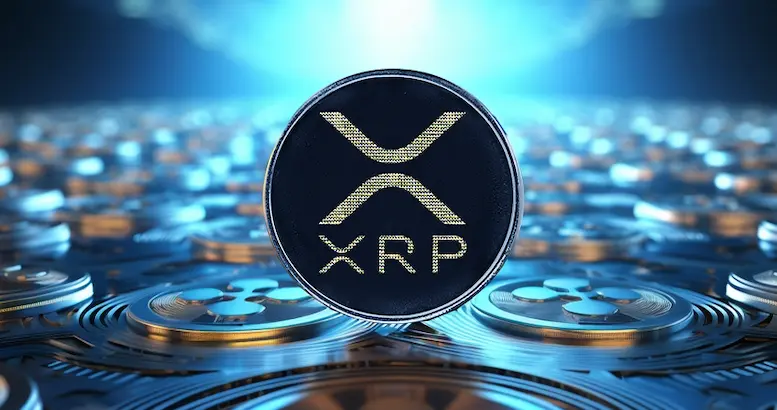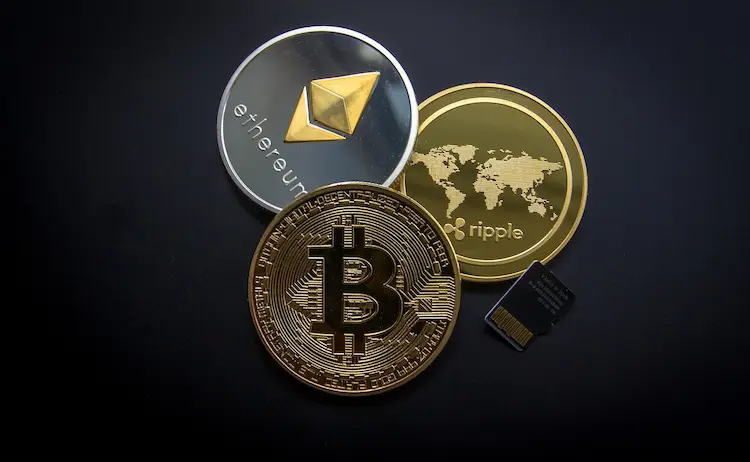Cryptocurrency has emerged as a revolutionary force in finance, offering new avenues for investment, transactions, and innovation. Among the myriad digital currencies, one that has garnered significant attention is XRP, the native token of the Ripple network.
This article explores the intricate waters of XRP, origins, functionalities, use cases, and potential for the future. Always watch the XRP price live to stay informed about real-time market movements. As you continue, you’ll uncover the nuances of this digital asset and its role in shaping the digital economy.
Understanding XRP: Origins and Fundamentals

XRP, launched in 2012, is a digital asset that facilitates real-time cross-border transactions on the Ripple network. Unlike Bitcoin and Ethereum, which rely on proof-of-work consensus mechanisms, it operates on a unique consensus protocol known as the Ripple Protocol Consensus Algorithm (RPCA). This algorithm ensures rapid transaction settlement, scalability, and energy efficiency, distinguishing XRP from its counterparts.
The Role of XRP in the Ripple Ecosystem
Within the Ripple ecosystem, it serves multiple purposes. Primarily, it functions as a bridge currency, facilitating seamless cross-border transactions between different fiat currencies.
Financial institutions and payment providers can utilize it to expedite transfers, minimize liquidity costs, and enhance efficiency. Additionally, it can be used as a means of payment for goods and services, offering users a fast and cost-effective option to traditional payment methods.
Key Features and Advantages of This Digital Asset
One of the standout features of XRP is its remarkable transaction speed. With an average settlement time of 3-5 seconds, its transactions are significantly faster than those of Bitcoin and Ethereum, making it ideal for high-volume, time-sensitive transactions. Moreover, it boasts minimal transaction fees, enhancing its appeal to users and businesses.

Use Cases and Adoption
The versatility of this digital asset has led to its adoption across various industries and sectors. In finance, numerous banks, payment providers, and remittance companies have integrated it into their operations to streamline cross-border payments and reduce costs.
Beyond finance, It has also found applications in micropayments, digital asset exchange, and decentralized finance (DeFi), showcasing its potential to revolutionize diverse aspects of the global economy.
Regulatory Landscape and Future Outlook
It is at the forefront of a transformative era in finance, navigating diverse regulatory landscapes with resilience and adaptability. Embraced as a legitimate asset in progressive jurisdictions, it continues to showcase its potential to revolutionize the global financial landscape.
In jurisdictions where regulatory clarity has been established, it flourishes as a symbol of innovation and efficiency. Governments and regulatory bodies recognize the inherent value and utility of XRP, paving the way for its seamless integration into mainstream financial systems.
Final Words
XRP is a formidable contender in cryptocurrencies, offering unparalleled speed, efficiency, and versatility in facilitating cross-border transactions and payments. While facing challenges and controversies, its adoption and use cases continue to expand, positioning it as a key player in shaping the future of finance and commerce.
As the cryptocurrency landscape evolves, keeping an eye on the XRP price live is crucial, helping one stay informed about real-time market movements. It remains poised to play a pivotal role in driving innovation and transformation on a global scale.